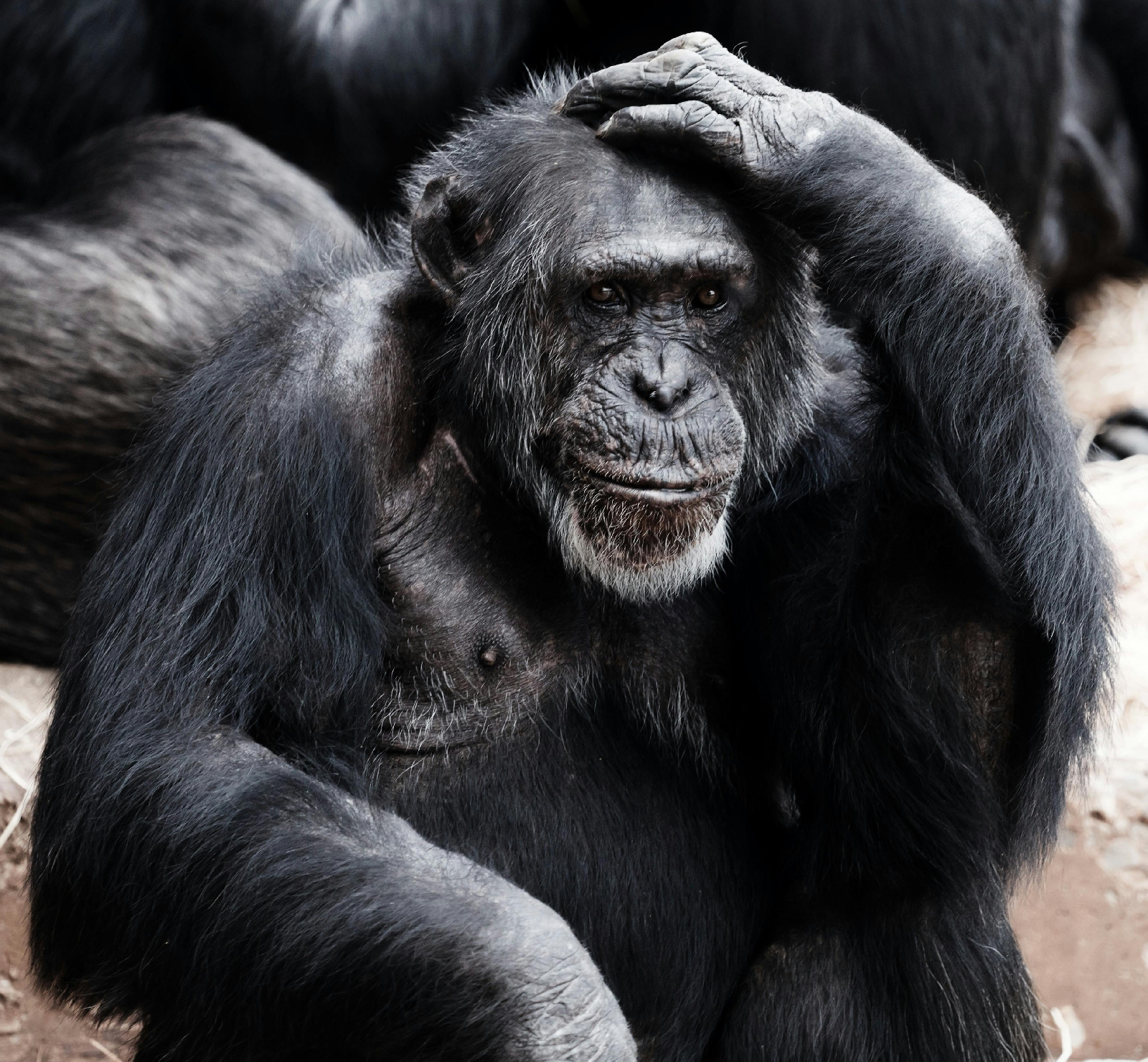Chapter 3: Genetics and Inheritance: The Building Blocks to Understanding Evolution
Chapter 3: Genetics and Inheritance: The Building Blocks to Understanding Evolution
Evolutionary biology, along with concepts such as natural selection and adaptation, has discovered that genetics and inheritance form the foundation of evolutionary processes. Developments in genetic science play a crucial role in understanding the evolutionary changes of organisms. In this chapter, we will explore how genetics and inheritance are connected to evolution and why they are so essential to understanding the evolutionary process.
Genetic Foundations: DNA and Genes
To understand evolution, we first need to look at the genetic foundations. Genetics is the branch of science that studies the inherited characteristics of an organism, i.e., the information passed down from generation to generation. This information is stored in the organism’s DNA. DNA (Deoxyribonucleic Acid) is the molecule that carries the genetic information for all living organisms. The structure of DNA shows similarities across all organisms, from humans to bacteria, but the DNA of each species is unique.
DNA is made up of genes, which are located in the cell’s nucleus. Genes contain the instructions that determine an organism’s physical and biological traits. For example, eye color, height, and skin color are determined by genetic information. Additionally, an organism’s genetic makeup can influence how it responds to environmental factors. Genetic variations are the fundamental source of change that drives evolutionary processes.
Inheritance: The Transfer of Genetic Information Between Generations
Understanding inheritance is crucial to understanding evolutionary processes. Inheritance refers to the transfer of genetic information from one organism to its offspring. Each individual receives genetic information from their parents. In diploid organisms, such as humans, each individual has two sets of chromosomes, one from each parent. This genetic information is passed down to offspring, and genetic diversity occurs during this transfer.
One of the fundamental principles of inheritance is Mendel's Laws of Genetics. Gregor Mendel, through his work in the 19th century, demonstrated that inheritance operates according to specific rules. According to Mendel’s work, genes are passed down in a certain pattern, and as this genetic material is transmitted from generation to generation, various combinations are created. This diversity helps us understand how species can change during evolutionary processes.
Genetic variations determine how organisms adapt to different environmental conditions. These variations are selected by natural selection and lead to the evolution of species over time. However, these variations can only be passed on through inheritance, meaning genetic material must change across generations for the process to work.
Mutations and Evolutionary Change
Mutations are the source of genetic diversity. Mutations are random changes in genetic material, and these changes can alter an organism’s phenotype (observable traits). Mutations can arise from errors in genetic material or from environmental factors. For example, environmental factors such as ultraviolet radiation can alter the structure of DNA, leading to mutations.
Mutations are one of the primary sources of evolutionary change. If a mutation helps an organism better adapt to its environment, it will be passed down to future generations. However, mutations are often harmful and may make it harder for an organism to survive. Still, some mutations may help an organism adapt to its environment more effectively, accelerating evolutionary processes through natural selection.
Natural Selection and Genetic Adaptation
One of the most important ways to understand the relationship between genetics and inheritance is by studying how natural selection works. Natural selection, the cornerstone of Charles Darwin’s theory of evolution, refers to the process by which traits that help a species adapt to its environment are selected for survival. However, natural selection is not just about adapting to the environment; it also ensures that genetic traits are passed down from one generation to the next.
Natural selection is an important source of genetic diversity. Environmental conditions and other factors can lead to the prevalence of certain genetic traits. For instance, in a population, individuals who can run faster may have a better chance of surviving. In this case, individuals with the speed gene will reproduce more, passing the genetic information to the next generations. Over time, faster runners will become the majority in the population.
At the same time, while natural selection increases genetic diversity, other factors, like genetic drift, can also influence the evolution of species. Genetic drift refers to the random changes in genetic makeup in small populations, and sometimes certain genetic variations can become more common simply due to chance.
The Role of Genetic Science in Evolutionary Discoveries
Modern genetic science has become an essential tool in understanding evolution. The discovery of DNA’s structure has provided in-depth knowledge of how genetic information operates. This knowledge has given us more precise data on how natural selection and inheritance function. Furthermore, genetic research has allowed us to understand how evolutionary processes work over time. Today, genetic science helps us make more accurate conclusions about evolutionary relationships and the origins of species.
With the advancement of genetic science, fields like genetic engineering and genetic modification have also made significant progress. These technologies allow us to observe and modify evolutionary processes in a laboratory setting. This helps us understand how evolutionary changes can be controlled and provides insights into how species might evolve under specific conditions.
Conclusion
Genetics and inheritance form the essential building blocks for understanding evolution. The transfer of genetic information from one generation to the next via DNA and genes underlies evolutionary changes. Mutations increase genetic diversity, while natural selection ensures that traits that help organisms adapt to their environment are selected. Advances in genetic science have deepened our understanding of evolutionary processes and strengthened the theory of evolution.









Comments